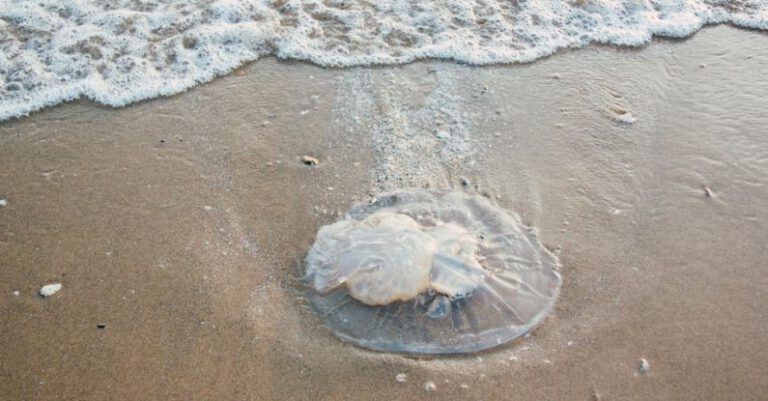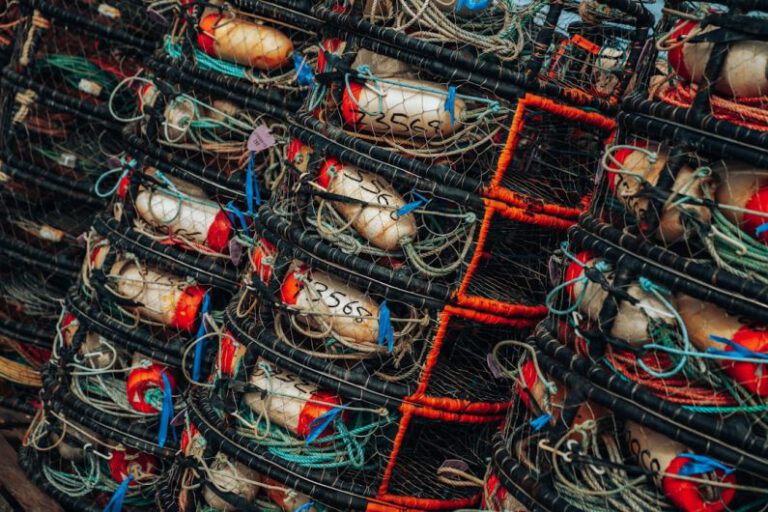How Severe Is the Threat of Invasive Alien Species?
In today’s interconnected world, the movement of species across borders has become more common than ever before. While some species may adapt and integrate seamlessly into new environments, others can wreak havoc on local ecosystems, earning them the title of “invasive alien species.” But just how severe is the threat posed by these interlopers? Let’s delve into the impact of invasive alien species and explore the measures being taken to combat this growing environmental concern.
The Impact of Invasive Alien Species
Invasive alien species are non-native organisms that, when introduced to a new environment, outcompete native species for resources and disrupt the delicate balance of ecosystems. These invaders can be plants, animals, insects, or microorganisms, and their presence can have far-reaching consequences for biodiversity, agriculture, and human health.
One of the most significant impacts of invasive alien species is their ability to outcompete native species for food, habitat, and other essential resources. By exploiting these resources more efficiently, invasive species can drive native species to extinction or endangerment, leading to a loss of biodiversity and disrupting the ecological functions of an ecosystem.
In addition to their direct competition with native species, invasive alien species can also introduce new diseases and parasites to local populations, further threatening the health and stability of ecosystems. For example, the introduction of the chestnut blight fungus to North America in the early 20th century decimated native chestnut trees, drastically altering forest ecosystems in the region.
Furthermore, invasive alien species can have profound economic impacts, particularly in industries such as agriculture, forestry, and fisheries. Invasive pests and pathogens can devastate crops, forests, and fisheries, leading to significant losses in productivity and revenue for farmers and land managers.
Combatting the Threat of Invasive Alien Species
Recognizing the severity of the threat posed by invasive alien species, governments, organizations, and individuals around the world are taking proactive measures to prevent the introduction and spread of these invaders. From strict biosecurity measures at borders to targeted eradication efforts in affected areas, a variety of strategies are being employed to mitigate the impact of invasive species on ecosystems and economies.
Biosecurity measures, such as quarantine inspections and import restrictions, play a crucial role in preventing the unintentional introduction of invasive alien species. By screening incoming goods, vehicles, and cargo for potential hitchhiking invaders, countries can reduce the risk of new introductions and limit the spread of established invasive species.
In cases where invasive alien species have already established populations, eradication efforts are essential to prevent further damage to ecosystems and economies. These efforts may involve the use of chemical, biological, or mechanical control methods to reduce or eliminate invasive populations and restore balance to affected ecosystems.
Furthermore, public awareness and education campaigns are key to engaging communities in the fight against invasive alien species. By raising awareness of the risks posed by invasive species and providing information on how individuals can prevent their spread, these campaigns empower people to take action to protect their local environments.
The Road Ahead: Addressing the Global Challenge
As global trade and travel continue to increase, the threat of invasive alien species is likely to grow in severity. Climate change, habitat destruction, and other environmental stressors further exacerbate the vulnerability of ecosystems to invasive invaders, highlighting the need for coordinated action on a global scale.
To address the challenges posed by invasive alien species effectively, international cooperation and collaboration are essential. By sharing knowledge, resources, and best practices, countries can work together to prevent new introductions, control established populations, and restore ecosystems affected by invasive species.
In conclusion, the threat of invasive alien species is a significant and growing concern for ecosystems, economies, and human health worldwide. By understanding the impacts of these invaders, implementing effective prevention and control measures, and fostering global cooperation, we can mitigate the threat posed by invasive species and protect the biodiversity and resilience of our planet’s ecosystems.






